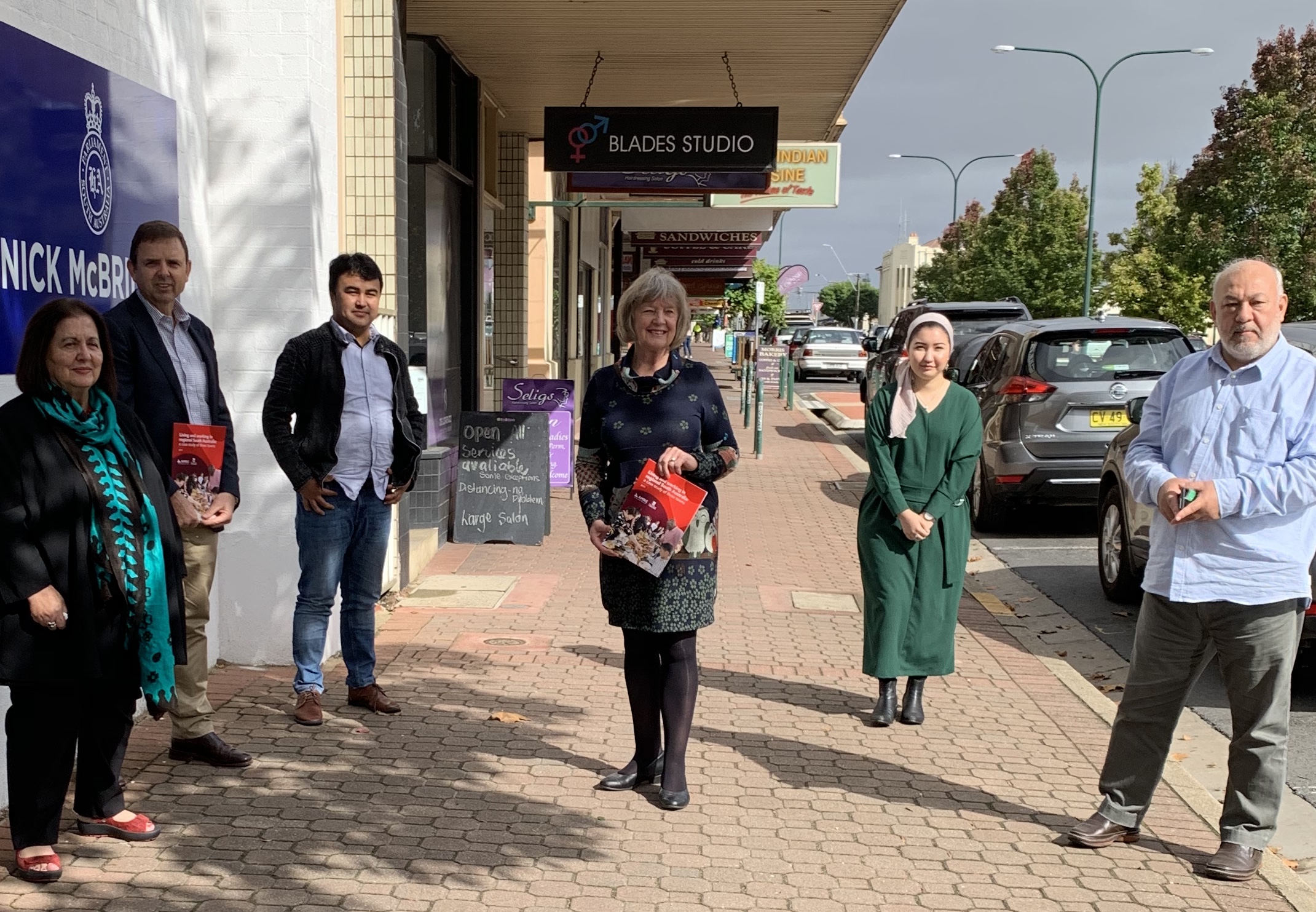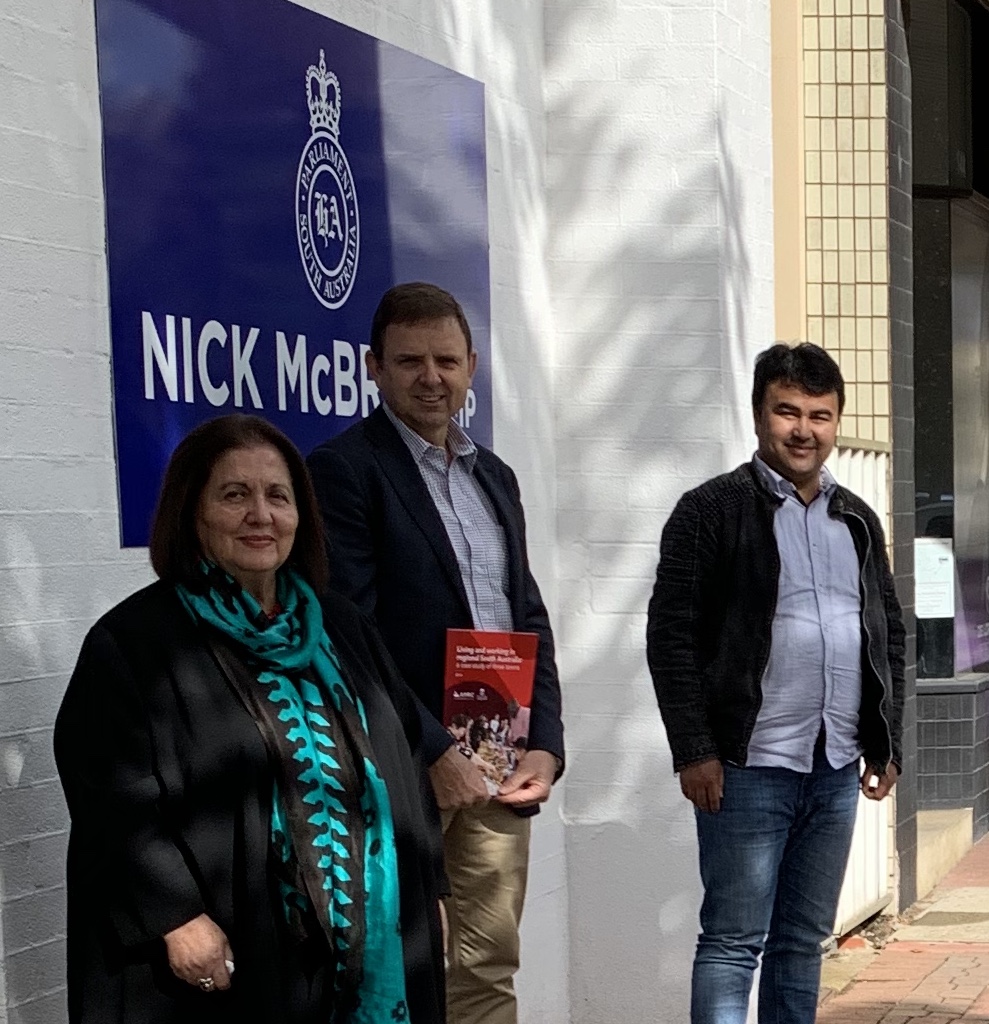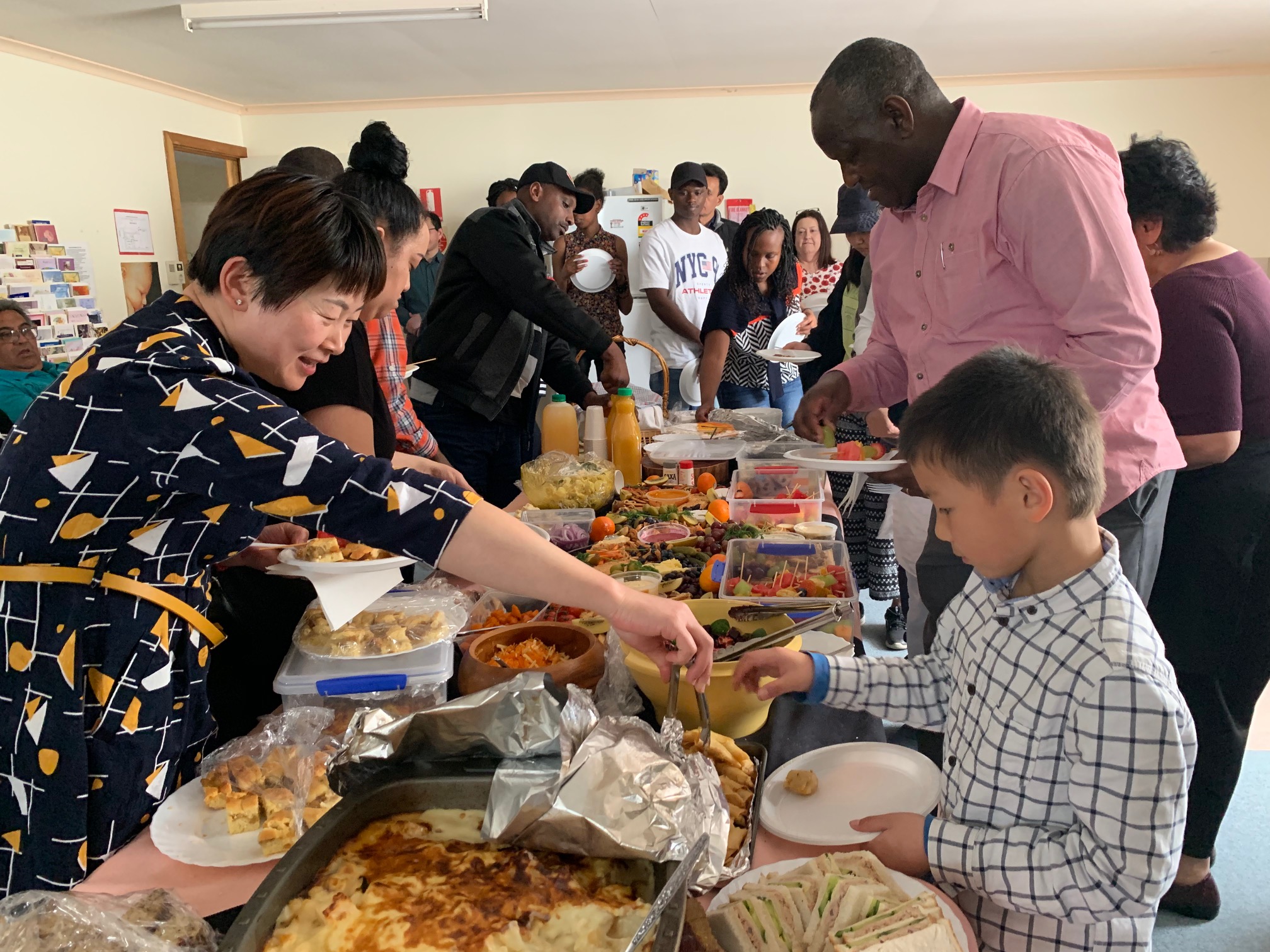Media Release, 23 April 2020
A new report which documents research into the experiences of migrants settling in the regional towns of Naracoorte, Murray Bridge and Bordertown has been launched by the Australian Migrant Resource Centre (AMRC).
The report was a collaboration between the AMRC and the Hugo Centre for Migration and Population Research. Its aim was to further understand how migrants are integrating into rural communities, what attracts them to the regions, and what challenges they’ve faced living regionally.
Eugenia Tsoulis from the Australian Migrant Resource Centre says the report findings will be vital in helping regional communities plan for future growth.
“This is an important document in reminding key stakeholders in Government and Industry of the ongoing challenges faced by migrants living in regional South Australia. I am hopeful that the recommendations from the report will be picked up and acted upon.”
The report relied on census data, and focus groups, made up of individuals from culturally diverse backgrounds. Fifty-four migrants participated in Naracoorte, 31 in Murray Bridge and more than 50 in Bordertown. Participants came from a range of countries including Afghanistan, Malaysia, Sudan, Laos, Thailand, Spain, Philippines, Samoa, Fiji, India, China and Congo.
The participants were asked questions including if they were satisfied with their employment, healthcare, cost of living and housing options.
The report found that generally, migrants felt positive about their experiences living in the regional towns and felt a strong sense of belonging. However, those living in Naracoorte, raised more issues and appeared less settled than their counterparts in Murray Bridge, especially in relation to housing.
Mayor of the Naracoorte Lucindale Council, Erika Vickery, says the report raises some interesting questions.
“We have known for some time that more work is needed to deliver appropriate housing options in Naracoorte and Bordertown and we are working to address that. It is informative to get further insights into other issues such as a lack of public transport, lack of tertiary education options, long waiting times to see GP’s and a need for more female GP’s.”
Member for MacKillop Nick McBride says the importance of our migrant population to our economy means we need to develop strategies to make our regions welcoming and liveable places in which our migrant community want to stay for the long term.
“The migrant community are an integral part of our continued economic success through their employment in meat processing, agriculture and the wine industries.”
“We need to work to have the support services and systems available to ensure that those who come to the region, want to stay in the region. If we lose a young person to the city to go to university, we often lose a family as well.”
Other findings of the report include:
- There has been a tremendous growth in overseas born population. In the Limestone Coast, growth in the Naracoorte Lucindale was 89.4% between 2006 and 2016. In the Tatiara, growth was 46.7% for the same period ( p16)
- In Murray Bridge, most Chinese participants reported they would like to stay there permanently, while all Congolese wanted to stay permanently because it was cheaper to live there, but still close to Adelaide (p19)
- Migrants in Naracoorte were divided about whether they would stay permanently. Chinese participants highlighted a lack of services, facilities, lack of residential land, small range of culturally appropriate food and general isolation as reasons for not wanting to stay permanently (p19)
- Migrants generally felt welcomed by their communities. Chinese migrants in Naracoorte reported they hadn’t developed a strong sense of belonging because family didn’t live with them (p20)
- All groups agreed they enjoyed the peace and quiet of living in a regional town, and the relative safety (p20)
- Issue of seasonal nature of vineyard work in Naracoorte – which only provides 3 – 4 months of work per year, meant many Afghan participants were unemployed at the time of the focus groups
- Concerns with meat processing factory contracts that didn’t provide them with long term employment certainty or industrial rights (p23)
- In all locations, issues with healthcare, public transport and education stood out (p23)
- Lack of tertiary education options including TAFE (p24 and 28)
- Housing in Naracoorte – rents too high, and limited stock (p22)
- Lack of access to English classes in all three study sites and the need for more settlement services(p24)
- Lack of community activities available in both Naracoorte and Murray Bridge, lack of representation in local and state government
- Social isolation of women related to language barriers, caring for children and lack of understanding from health services on issues such as torture and trauma (p25)
For further comment please contact:
Eugenia Tsoulis, CEO, Australian Migrant Resource Centre: ph: (08) 8217 9500
Erika Vickery, Mayor, Naracoorte Lucindale Council: ph: 0427 622 133
Nick McBride, Member for MacKillop: 0407 799 387

Photo: Launch of Living and Working in Regional South Australia Report April 2020.

Photo: Launch of Living and Working in Regional South Australia Report April 2020.

Photo: Murraylands Regional Forum October 2019.